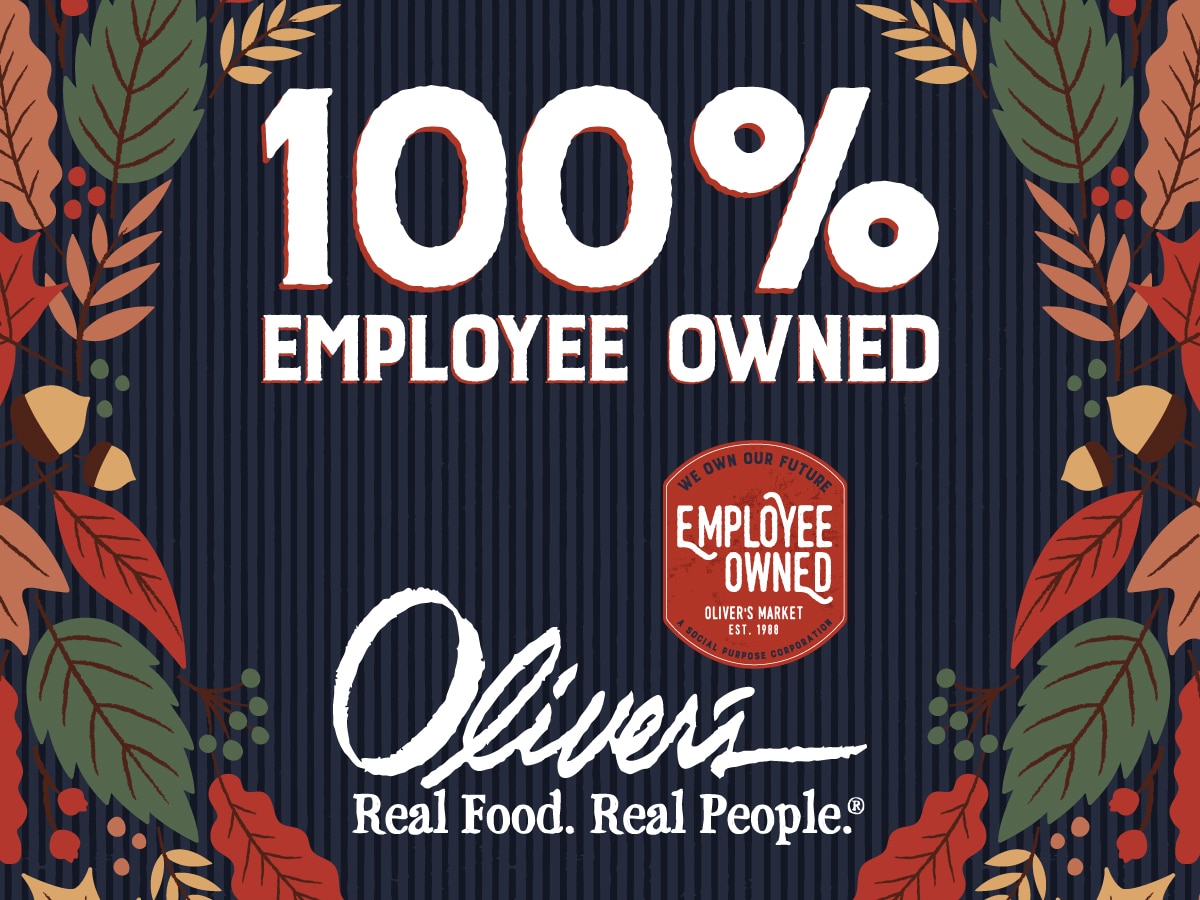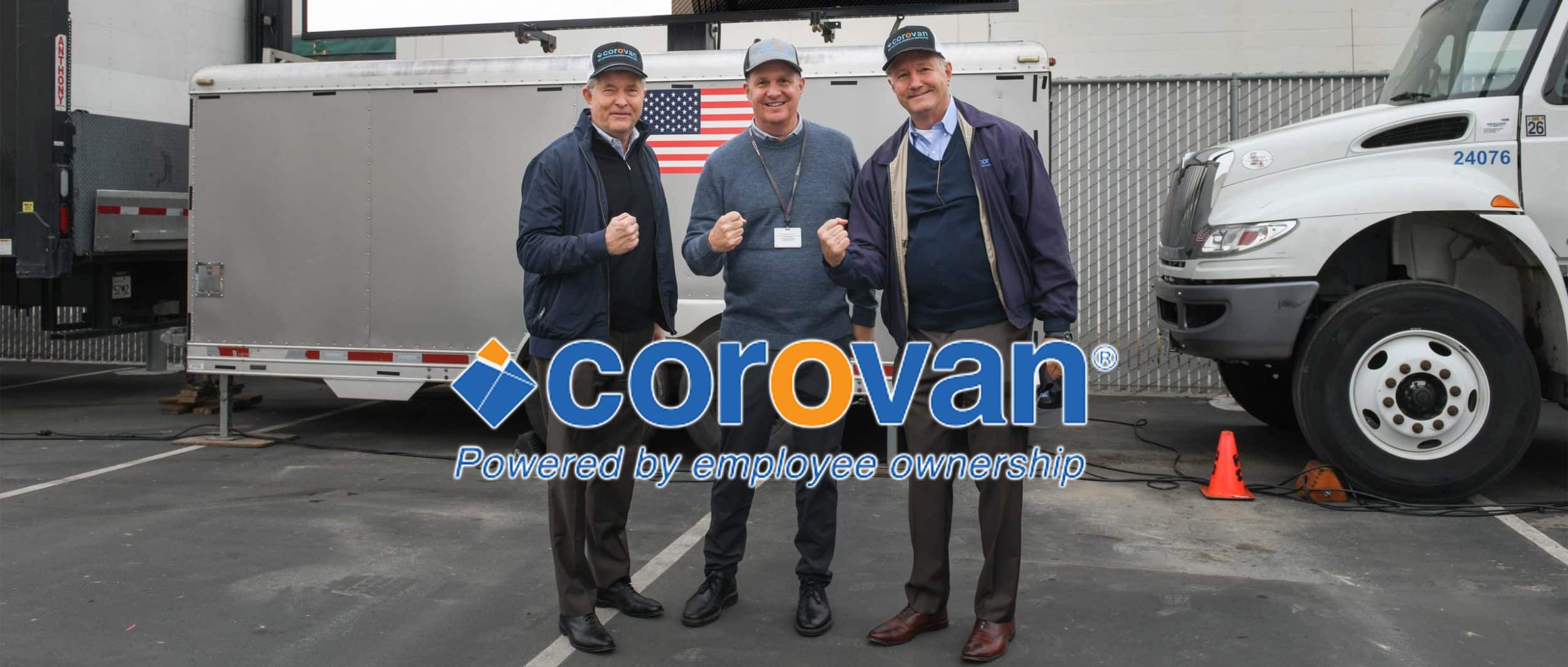I. INCREASES IN CONTRIBUTION, DEDUCTION AND BENEFIT LIMITS
- Contribution Deduction Limits. The limit on an employer’s deduction for contributions to a non-leveraged ESOP or a profit sharing plan is increased from 15% to 25% of participants’ aggregate compensation. 401(k) deferrals are not counted for purposes of the deduction limits. However, 401(k) deferrals will be included for purposes of calculating the compensation on which this limit is based. The deduction limit for money purchase pension plans remains at 25%. Effective: Taxable years beginning after 2001.
- Individual Benefit and Contribution Limits. The dollar limit on “annual additions” to a participant’s account in an ESOP, profit sharing, 401(k) or other defined contribution plan is increased to $40,000 in 2002. The alternative limit of 25% of compensation is increased to 100%. Effective: Limitation years beginning after 2001.
- Annual Compensation. The maximum annual compensation of a participant that may be used to calculate contributions and benefits under a qualified retirement plan is increased to $200,000. This limit amount will be indexed for cost-of-living increases in $5,000 increments. Effective: Plan years beginning after 2001.
II. CHANGES FOR S CORPORATION ESOPS AND ESOP DIVIDENDS
- Anti-Abuse Rules for S Corporation ESOPs. An excise tax is imposed on an S corporation if share ownership through the ESOP is or becomes highly concentrated among one or more “disqualified persons” (and certain family members) who own shares in the corporation. If the provision is violated, an excise tax equal to 50% of the value of the shares allocated to, or the synthetic equity owned by, the disqualified person is imposed on the corporation. A disqualified person who receives a prohibited allocation is also taxed on the value of the shares allocated to his or her ESOP account. Effective: Generally, plan years ending on or after March 14, 2001. For an ESOP maintained by an S corporation before March 14, 2001, the new law is effective for plan years beginning after 2004.
- Deduction for ESOP Dividend Reinvestment. An employer that maintains an ESOP may deduct dividends on the employer securities in a participant’s ESOP account if the participant is given the right to elect either to receive the dividends in cash or reinvest the dividend in employer securities in the ESOP. Effective: Taxable years beginning after 2001.
III. 401(k) PLANS
- Elective Deferrals. The annual limit on salary deferrals to a 401(k) plan is increased to $11,000 in 2002. The limit will increase by $1,000 in each of the next four years, reaching $15,000 in 2006. Effective: Taxable years beginning after 2001.
- Catch-up Contributions. Participants who are 50 and older may make catch-up deferral contributions of up to $1,000 in 2002, increasing by $1,000 per year to $5,000 in 2006 (or, if less, the amount of the participant’s annual compensation reduced by his or her other deferrals). These contributions do not count against the dollar limit on deferrals ($11,000 in 2002) and are not counted towards the limit on annual additions to a defined contribution plan. The regular limit on tax deductions for contributions to a defined contribution plan does not apply to catch-ups, nor does any limit on deferrals otherwise imposed by the terms of the plan. In addition, catch-up contributions are not taken into account in performing the annual 401(k) discrimination test (the “ADP test”). Effective: Taxable years beginning after 2001.
- Faster Vesting for Matching Contributions. Matching contributions are subject to more rapid vesting. These contributions must be 100% vested after three years (“three-year cliff vesting”) or must vest at a rate of at least 20% per year beginning after two years of service (“six-year graded vesting”). Effective: Plan years beginning after 2001.
- Prohibition on “Multiple Use” Repealed. Plans may now rely on the “alternative limit” (lesser of 200% or 2 percentage points difference) in discrimination testing of contribution rates for both deferral contributions, and matching and after-tax contributions. Effective: Years beginning after 2001.
- “Same Desk” Rule Repealed. If a company is acquired by or merged into another, the acquired company’s plan may now distribute benefits to participants who continue to work at the same job after the merger or acquisition. Effective: For distributions after 2001.
- Hardship Rules Liberalized. 401(k) plans that provide for suspension of a participant’s deferrals after a hardship withdrawal may shorten the suspension period from 12 to six months. Effective: Years beginning after 2001.
- Roth Contributions to 401(k) Plan. 401(k) plans may permit employees to make after-tax “Roth” contributions, which will be treated as salary deferrals. These contributions are included in taxable income when made. Neither the Roth contributions nor attributable earnings will be subject to tax in the year they are distributed. Effective: Taxable years beginning after 2005.
IV. ROLLOVERS
- Rollover Options Expanded. Tax-deferred rollover treatment is now available for more types of distributions. Distributions from qualified retirement plans may be rolled into any of these plans or into an IRA. Distributions from a “contributory” IRA (an IRA to which a taxpayer has made deductible contributions) may now be rolled over to a qualified plan. Additionally, after-tax contributions may be rolled over to an IRA or a qualified plan or transferred to a qualified plan in a direct trustee-to-trustee transfer. Effective: Distributions after 2001.
- Automatic Rollovers. For involuntary cash-outs of between $1,000 and $5,000, the plan sponsor must provide for an automatic rollover to an IRA, unless the participant makes a different election. Effective: Upon issuance of final IRS regulations.
V. SMALL EMPLOYER PLANS
- Tax Credit for New Plans. Small businesses will be eligible for a tax credit related to a new plan’s administrative and retirement education expenses. The credit applies to 50% of the first $1,000 of administrative costs for the first 3 years of a new plan established after December 31, 2001. An eligible “small employer”, is an employer who does not employ more than 100 employees, of which one must be non-highly compensated, who earns at least $5,000 of compensation. Effective: Taxable years beginning after December 31, 2001.
- Determination Letter Fees. A small employer (as defined above) is not required to pay a user fee for a determination letter request, subject to certain time limits for the request. Effective: Requests made after 2001.
VI. TOP-HEAVY RULES
Top-Heavy Rules Liberalized. The rules used to determine whether a plan is top-heavy are simplified. (Top-heavy plans are those in which 60% or more of the assets are held for “key employees.”). A key employee is an employee who during the preceding year was (1) an officer with compensation in above $130,000 (indexed in $5,000 increments), (2) a five-percent owner, or (3) a one-percent owner with compensation above $150,000. Key employee status is determined based on the preceding year, rather than the preceding five years. In addition, matching contributions count toward the required 3% minimum top-heavy contribution. 401(k) plans that adopt the “safe harbor” plan design providing for minimum matching contributions are exempt from the top-heavy rules. Effective: Years beginning after December 31, 2001.







